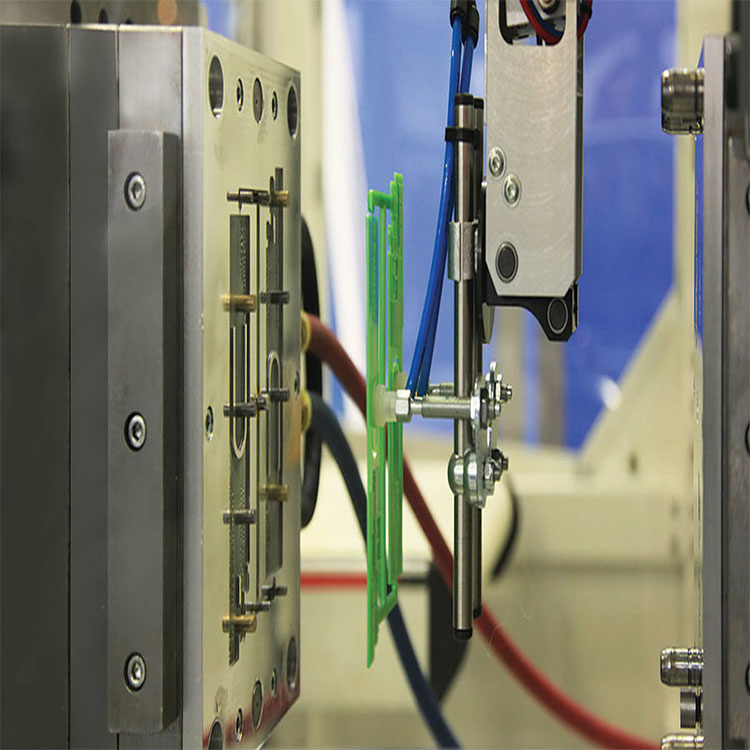Factors affecting injection moulding cycle times: efficiency, materials and machinery
2025-06-13

Injection molding is a widely used manufacturing process that produces plastic parts by injecting molten material into a mold. The total cycle time—the time it takes to complete one full molding process—is a critical metric that directly impacts production efficiency and cost. Understanding the key factors affecting injection molding cycle time can help manufacturers optimize operations, reduce waste, and improve product quality.
The injection molding cycle consists of four main stages: clamping, injection, cooling, and ejection. Each of these stages is influenced by several variables:
1. Material Selection
Different polymers have unique flow characteristics, melting temperatures, and cooling rates. For example:
Polypropylene (PP) cools and solidifies faster than Polycarbonate (PC).
Glass-filled materials typically require longer cooling due to higher thermal mass.
Materials with higher melting points or complex rheological behavior may increase both the injection and cooling times.
2. Part Design
The geometry and wall thickness of a part significantly affect cycle time. Thicker sections take longer to cool, while complex shapes with fine features may require slower injection speeds to ensure accuracy.
Key part design factors that influence cycle time:
Wall thickness
Rib structures
Undercuts or inserts
Surface finish requirements
3. Mold Design and Temperature Control
Efficient mold design is essential for reducing cycle time. Factors include:
Cooling channel layout: Optimized channels allow uniform and faster heat dissipation.
Mold material: High thermal conductivity materials like beryllium-copper facilitate quicker cooling.
Hot runner vs. cold runner systems: Hot runners reduce waste and may shorten overall cycle time by maintaining melt temperature.
4. Machine Capabilities
The specifications and condition of the injection molding machine also impact cycle time:
Injection pressure and speed: Higher pressure and speed can fill the mold faster, but must be balanced to avoid part defects.
Clamping force: Sufficient force is needed to prevent flash and ensure proper mold closure.
Automation: Robotic part removal and automated quality checks can reduce time between cycles.
5. Cooling Time Optimization
Cooling typically represents 60–80% of the entire injection cycle. Efficient temperature control—through conformal cooling, chillers, or advanced thermal simulation—can significantly reduce cycle times.
Manufacturers often use simulation software to optimize cooling performance before mold fabrication.
6. Ejection and Post-Processing
The time required to eject the part and reset the mold also affects the cycle. Ejection systems should be designed to quickly and safely remove parts without damage.
Use of robotic arms or automated conveyors can minimize downtime between cycles.
Conclusion
Reducing injection molding cycle time involves a comprehensive approach that includes smart part design, optimized mold engineering, and advanced material selection. At P&M, we leverage decades of experience and cutting-edge technology to deliver efficient, high-quality injection-molded parts—on time and on budget.
If you're looking to improve your production efficiency or develop custom molded components, contact us today for a consultation and competitive quote.




